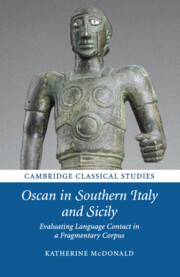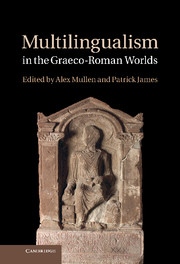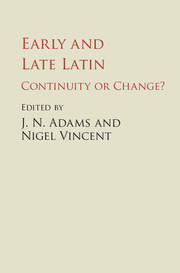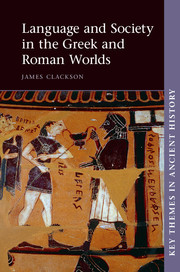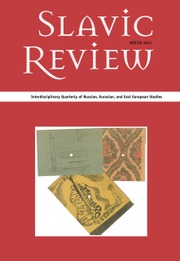Oscan in Southern Italy and Sicily
In pre-Roman Italy and Sicily, dozens of languages and writing systems competed and interacted, and bilingualism was the norm. Using frameworks from epigraphy, archaeology and the sociolinguistics of language contact, this book explores the relationship between Greek and Oscan, two of the most widely spoken languages in the south of the peninsula. Dr McDonald undertakes a new analysis of the entire corpus of South Oscan texts written in Lucania, Bruttium and Messana, including dedications, curse tablets, laws, funerary texts and graffiti. She demonstrates that genre and domain are critical to understanding where and when Greek was used within Oscan-speaking communities, and how ancient bilinguals exploited the social meaning of their languages in their writing. This book also offers a cutting-edge example of how to build the fullest possible picture of bilingualism in fragmentary languages across the ancient world.
- Proposes new ways of understanding the evidence for language contact in the ancient world
- Places the languages of Southern Italy in context, including a synthesis of the history of Southern Italy from 800–80 BC not available anywhere else
- Explains the linguistic background to bilingualism and language contact for the non-specialist reader
Reviews & endorsements
'This volume is the first thorough study on the interaction between Oscan and Greek based on the written evidence, but it can also be regarded as an up-to-date collection of the South Oscan inscriptions … We believe that this book will be a reference work for anyone interested either in South Oscan epigraphy or in language contact phenomena of the ancient world.' Manuela Anelli, Ancient History Bulletin
Product details
No date availablePaperback
9781107503403
326 pages
217 × 139 × 18 mm
0.4kg
26 b/w illus. 4 maps 28 tables
Table of Contents
- 1. Introduction
- 2. Bilingualism and language contact in written texts
- 3. Alphabets, orthography and epigraphy
- 4. Dedicatory inscriptions
- 5. Curse tablets
- 6. Legal and official texts
- 7. Shorter texts: funerary inscriptions, graffiti and signatures
- 8. Conclusions
- Appendix 1. Datings of inscriptions
- Appendix 2. Catalogue of sites.

